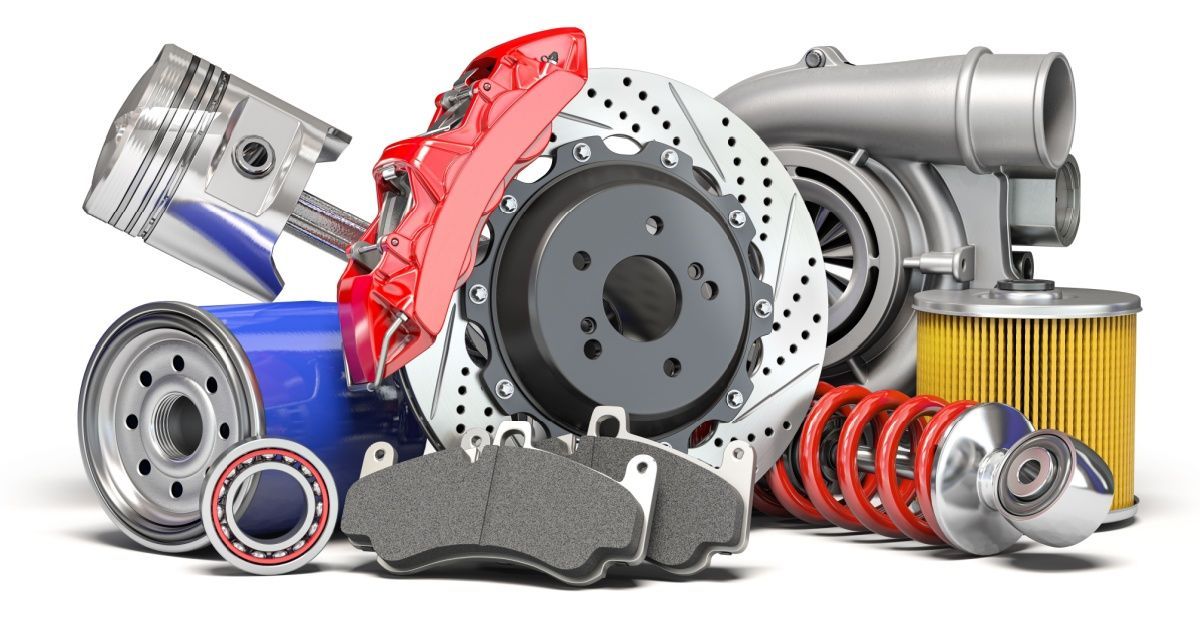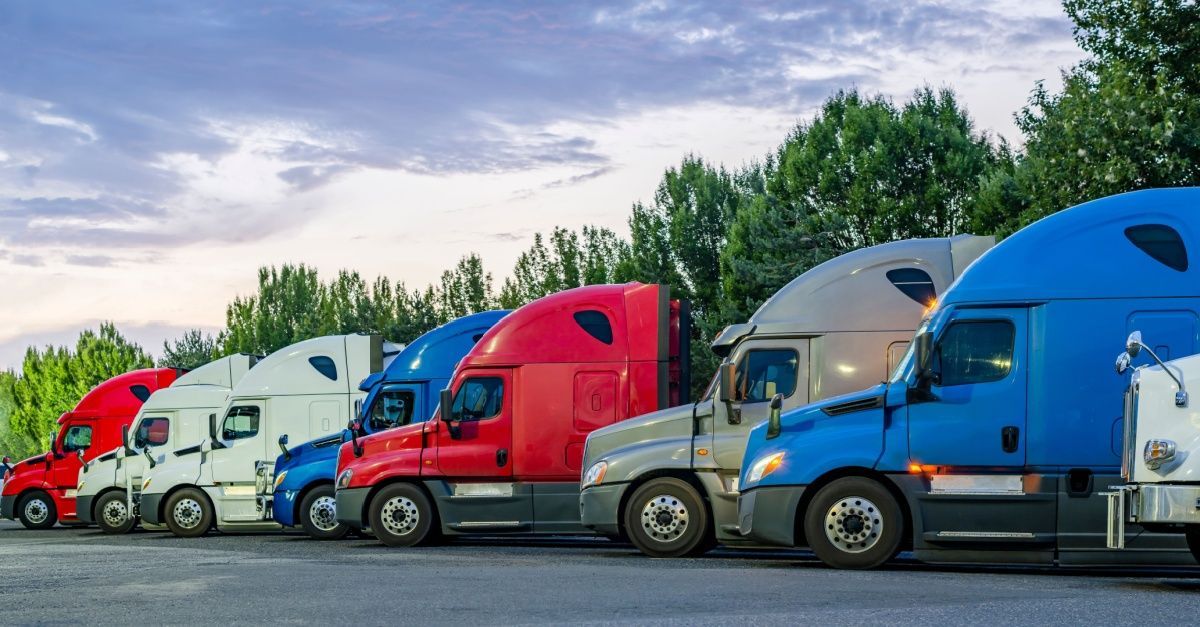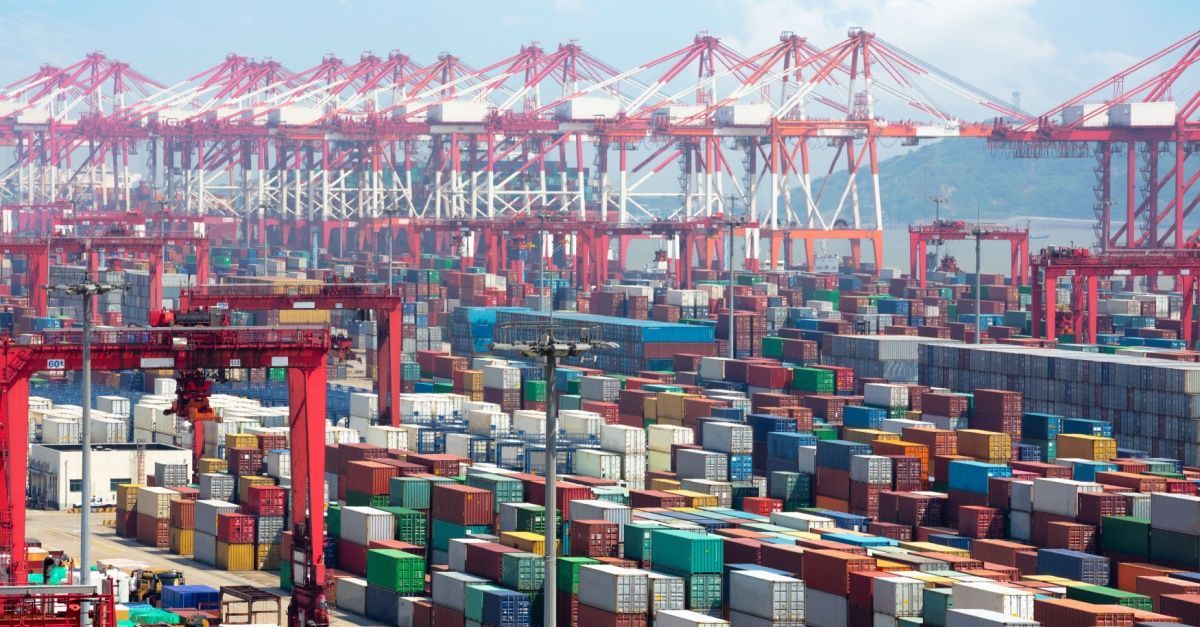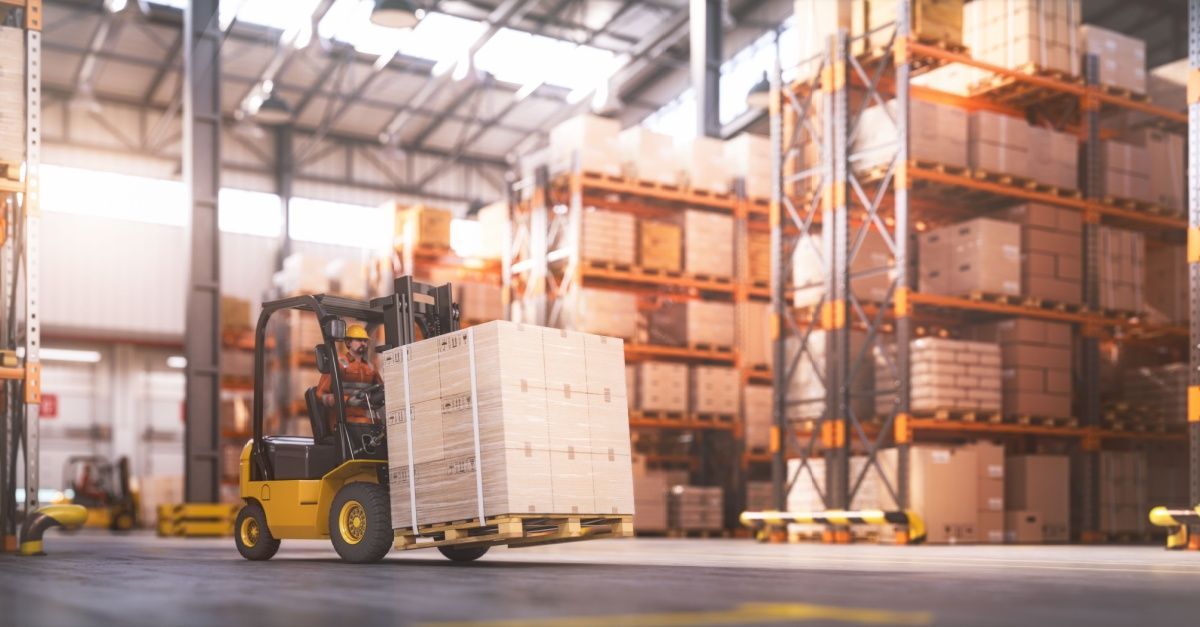Omni-Channel Fulfillment and the New Retail Transportation Paradigm
Blog Post CTA
Retail used to be simple. Stores stocked shelves, customers showed up, and deliveries followed fixed schedules. Today, everything has changed. Shoppers now expect products to reach them wherever and whenever they choose, whether at home, in a store, in a locker, or via same-day pickup. This shift demands a rethink of how freight moves, which is why omni-channel fulfillment is so important.
According to McKinsey,
75% of U.S. consumers tried a new shopping behavior during the pandemic. That shift locked in higher expectations, meaning freight must now match shopper flexibility with delivery performance. Omni-channel fulfillment is how retailers connect inventory, transportation, and sales across every channel.
Transportation Challenges in Omni-Channel Fulfillment
As retail channels multiply, so do logistical headaches. Below are four major challenges retailers face when moving freight in today’s blended retail model.
1. Fragmented Order Volumes
Retailers no longer move pallets to stores. Instead, they are shipping pieces to homes, cartons to fulfillment hubs, and small batches to lockers. But that means reduced shipment size and complicated freight classification. And when shipments aren’t consolidated, the potential for waste skyrockets.
2. Inventory Decentralization
To meet same-day or two-day expectations, brands are spreading inventory across stores, regional DCs, and 3PL hubs. The problem with this is that such a level of decentralization introduces more modes of transportation, and the number of units moved per node is much lower, which weakens efficiency if freight isn’t routed precisely.
3. Compressed Delivery Windows
Customers want faster delivery, even for small orders or those placed late in the day. And when the retailers miss delivery windows, it can severely impact their revenue and reputation. These new customer expectations have forced retailers not only to compete on price but also on shipping speed, putting pressure on retail transportation to balance speed with cost.
4. Reverse Logistics Pressure
More orders lead to more returns, with categories like apparel and electronics seeing returns rates as high as 30%. The problem is that these returns now span across store drop-offs, pickup scheduling, and prepaid labels, all of which demand transport.
Logistics Strategies That Support Omni-Channel Growth
Retailers need tools, processes, and partners that match today’s channel complexity. The right mix of services turns friction into a seamless flow.
1. Use Cross-Docking for Faster Turns
Cross-docking reduces waste by moving goods from inbound trucks directly to outbound carriers, helping retailers avoid long storage delays. The logistics solution works well when orders from multiple origins can be combined into shared final-mile deliveries. This way, retailers can reduce warehouse dwell time, lower touchpoints, and improve responsiveness for store or local hub restocking.
2. Mix FTL, LTL, and Final-Mile Modes
Today’s freight requires flexibility. Some shipments need FTL for bulk orders, others needLTL for mixed SKUs, and many rely on parcel and local couriers for home delivery. Using the right mix avoids service gaps while trimming costs. But the secret is matching freight type to zone, weight, and delivery speed. Retailers that shift modes based on volume patterns win efficiency.
3. Improve Inventory and Carrier Visibility
Freight flows seamlessly when systems can see and respond in real time. But for that to happen, brands must align transportation tools with inventory systems to improve visibility in retail operations. This match helps teams ship from the nearest available stock and reroute orders when locations change. It also supports quicker exception handling and better customer communication.
4. Rethink Returns Management
Returns don’t just need storage — they need movement and intelligence. Shippers should triage returns to route them based on conditions such as resale, refurbishment, or disposal. 3PLs partner with integrated forward and reverse solutions like EFS, which reduce handling, improve accuracy, and help reclaim lost revenue. The National Retail Federation found that U.S. retail returns totaled $743 billion in 2023. Smart routing and consolidation make that number less painful.
Why the Right 3PL Providers Like EFS Make the Difference
The success of omni-channel freight is not just about more trucks. It depends on partners that understand how to navigate all touchpoints. And a reliable 3PL for retail transportation should bring:
- Flexibility to scale during peak periods.
- Experience solving final-mile delivery challenges.
- Tools that integrate with inventory and routing systems.
- Coverage across modes — FTL, LTL, reefer, parcel, and cross-dock.
With EFS, you can manage your transportation strategy from end to end, enabling you to shape the customer experience. Our freight operations are designed to help you find stability inside the chaos of modern commerce.
Connect with us today.









